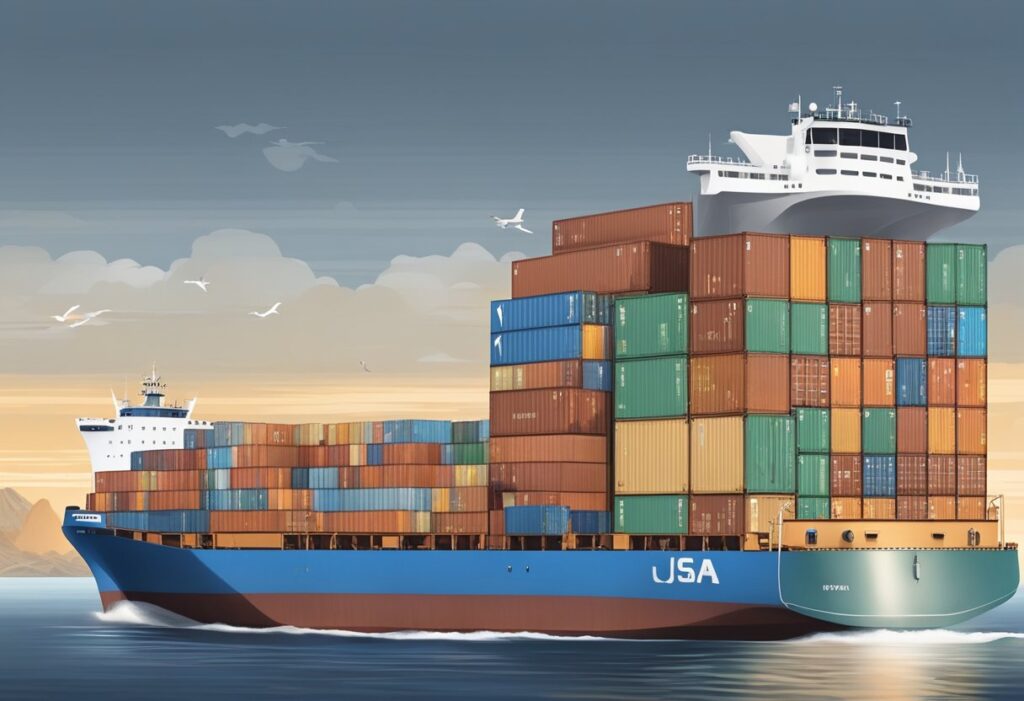December 14, 2023
Underwear Manufacturers in India: A List of Top Companies
India is a major producer of lingerie and undergarments, with a range of companies specializing in the design, manufacturing, and
Read MoreDecember 14, 2023
India is a major producer of lingerie and undergarments, with a range of companies specializing in the design, manufacturing, and
Read More
November 5, 2023
Bangladesh has been a major player in the global sourcing industry for many years. The country’s export sector includes a
Read More
October 7, 2023
When it comes to importing goods from China, one of the most common concerns is how long it takes for
Read More
April 24, 2021
No matter what the conditions are around the world, no matter how volatile the demand is for consumer products, there’s
Read More
January 19, 2021
It appears as though Alibaba is on its way to becoming the largest B2B marketplace in the world, and therefore,
Read More
April 16, 2020
Today if an entrepreneur Google’s a phrase like “Sourcing Products from China”. You can get almost 39 million results and
Read More